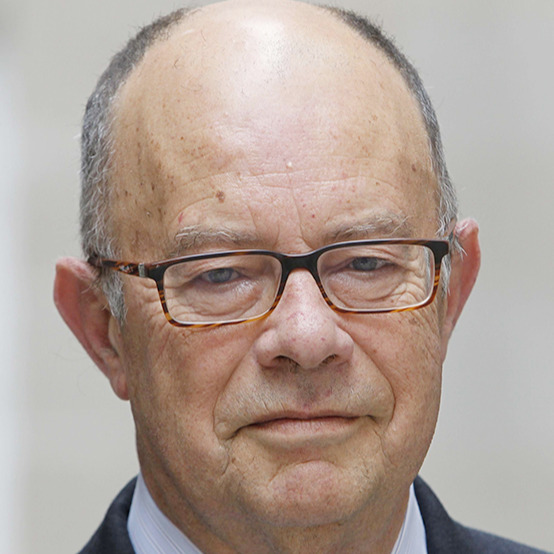Preprint
Article
Factors Involved in the Functional Motor Recovery of Rats with Cortical Ablation after GH and Rehabilitation Treatment: Cortical Cell Proliferation and Nestin and Actin Expressions in Striatum and Thalamus
This version is not peer-reviewed.
Submitted:
14 October 2019
Posted:
15 October 2019
You are already at the latest version
A peer-reviewed article of this preprint also exists.
Abstract
Previously we demonstrated, in rats, that the treatment with growth hormone (GH) and rehabilitation, carried out immediately after a motor cortical ablation, significantly improved the motor affectation produced by the lesion and induced the re-expression of nestin in the contralateral motor cortex. Here we analyze cortical proliferation after ablation of the frontal motor cortex and investigate the re-expression of nestin in the contralateral motor cortex and the role of the striatum and thalamus in motor recovery. The rats were subjected to ablation of the frontal motor cortex in the dominant hemisphere or sham-operated and immediately treated with GH or vehicle (V), for five days. At 1 dpi (days after injury), 5 rats received daily injections (4 days) of bromodeoxyuridine and were sacrificed. The other 15 rats (n = 5 / group) underwent treatment and rehabilitation and were sacrificed at 25 dpi. GH induced the greatest number of proliferating cells in the perilesional cortex. GH and rehabilitation produced the functional recovery of the motor lesion and increased the expression of nestin in the striatum. In the thalamic ventral nucleus ipsilateral to the lesion, cells positive for nestin and actin were detected, but this was independent of GH. Our data suggest that GH-induced striatal nestin is involved in motor recovery.
Keywords:
Subject:
Medicine and Pharmacology - Neuroscience and NeurologyCopyright: This open access article is published under a Creative Commons CC BY 4.0 license, which permit the free download, distribution, and reuse, provided that the author and preprint are cited in any reuse.
Alerts
MDPI Initiatives
Important Links
© 2025 MDPI (Basel, Switzerland) unless otherwise stated






